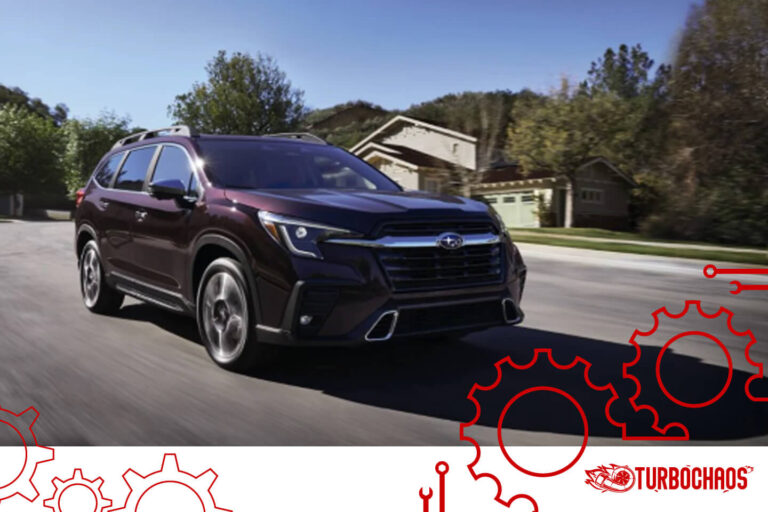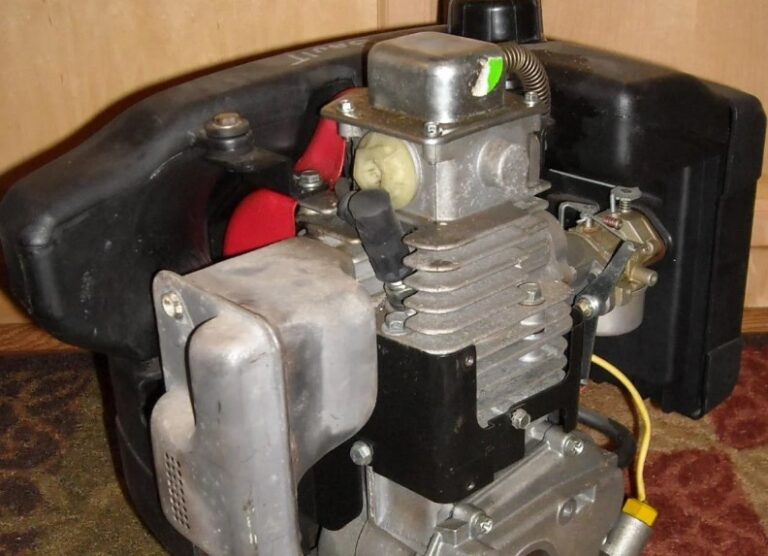Do Jet Skis Have Brakes? How Do They Work?
In this article I will explain to you Do Jet Skis Have Brakes? Today’s jet skis have techniques for slowing down over considerably shorter distances. Jet skis behave differently than boats or cars while slowing down.
Therefore, you must grasp how the braking systems on these vehicles function. Yamaha and SeaDoo employ their proprietary iBR and RiDE braking system technology.
These don’t function as brakes in the conventional sense. Instead, they utilize the steering bucket to move water toward the front of the ski and generate drag on the ski.
Before 2009, skis were not equipped with a specialized braking system.
Comprehending the brakes when operating personal watercraft, is critical to prevent unpleasant surprises.
There are a few behavioral changes between older models of jet skis without specialized braking systems and more recent models launched with dedicated systems.
Do Jet Skis Have Brakes?
Yes, the majority of contemporary Jet Ski models have brakes. Some jet skis only have forward/reverse or forward only; not all have brakes. However, brakes are more frequently used on jet skis today since they make operating a jet ski safer and easier.
Both yes and no can be used to answer this question. It largely depends on the kind of Jet Ski you own. You can find out the type of braking system a jet ski employs if you’re going to buy or rent one. To help you decide, we’ll explain briefly the two braking methods that are now in use.

How you control your jet ski as it’s moving through the water is similar to how you would control a motorcycle. The Jet Ski will swivel in that direction if you move the handlebar to the left or right.
On the other hand, motorcycles run by rotating the front wheel. A front wheel is not present on a jet ski. Instead, PWCs alter the angle of the jet stream behind them to change direction.
As was already said, the impeller propels water through the water at a high rate of speed, and this jet stream can be employed to shift the PWC’s direction.
However, the pace you’re traveling at matters because this flow rate is essential for steering the craft.
Do Jet Skis Have Reverse?
Yes, most jet skis, including older versions, feature reverse. Some Jet Ski models, typically the least expensive options, lack reverse. A jet ski’s reverse function may be activated manually by pulling a lever or electrically by pressing a trigger on the handlebars.

Do Jet Skis Have Neutral?
Although they don’t function like a boat or automobile, jet skis have neutral. The reverse bucket balances forward and reverse and is neutral for a jet ski.
A jet ski has no true neutral because the engine is directly linked to the impeller, which means that when the engine is running, the impeller is spinning. This implies that if your jet ski lacks reverse, it also lacks neutral.

You can still drive the Jet Ski in neutral, giving you much more control than a boat because neutral is halfway between forward and reverse.
How Neutral Works On A Jet Ski?
In a boat or car, neutral is not the same as neutral on a jet ski. As explained in the reverse operation of a jet ski, the impeller spins when the engine is running.
Water moves as the impeller spins, and the thrust of that flowing water propels the Jet Ski.
A reverse bucket directs the water flow to propel the Jet Ski forward or backward. The Jet Ski moves ahead if the reverse bucket is fully raised. The Jet Ski reverses if the reverse bucket is fully depressed.
Between forward and reverse is neutral. Even though you might not have a real neutral, you might still prefer this because you can dock your boat with greater accuracy and control.
The development of iBR and RIDE has made docking a jet ski almost too simple; with only a few minutes of instruction, you may confidently demonstrate your proficiency.
Reverse Or Brakes?
While a jet ski may have reverse but no brakes, it will have to reverse if it has brakes. You won’t find a jet ski with brakes and no reverse since the technology that controls reverse and brakes is the same.
Since watercraft didn’t have brakes before 2009, it’s common to encounter jet skis with reverse but no brakes.
All manufacturers didn’t have at least one model with brakes until 2022. So, although still new, Jet Ski brakes are highly worthwhile!
How Do Jet Ski Brakes Work?
Since the brakes and reverse functions are the same, I had to review them first. A jet ski is essentially put in reverse when you apply the brakes.
If you hit the brakes while moving at 40 mph, you’ll come to a stop; however, if you keep keeping the brake pedal in, you’ll reverse.
I have a page on how to drive a jet ski and a video showing how to do it to illustrate this.
It’s not entirely accurate to claim that the Jet Ski goes in reverse when you hit the brakes.
That is what happens, although other models, like the Sea-Doo, also aim the nozzle downward to assist you in stopping more safely.
How Do Jet Skis Slow Down?
When you let go of the throttle, every Jet Ski slows down and falls into its wake. As mentioned in this piece, utilizing the brakes is another technique for jet skis to slow down.
Most people utilize braking mostly for docking and abrupt stops; when you let go of the throttle, the Jet Ski naturally slows down while continuing to go at idle speed.
Without brakes or reverse, the jet skis slow down by circling at idle speed before docking. As your momentum is lost while spinning in circles at idle speed, you turn off the engine and aim the Jet Ski in the direction you wish to go.
The only time the Jet Ski is safe is when the engine is off since the Jet Ski is digesting water while the engine is running.
The Jet Ski slows down when the engine is turned off via the kill switch or start/stop button.
Due to the direct drive, keeping the engine running when loading and unloading a jet ski is best because doing otherwise results in loss of control.
How Quickly Can A Jet Ski Stop?
When traveling at 35 mph, a jet ski may stop at a distance of around 60 feet if the brake lever is applied. Your jet ski must halt after traveling at speeds over 60 mph for roughly 200 feet.
This makes it crucial only to exceed 60 mph in calm, wide water without other boats in the area. I advise reading my post on the quickest jet skis and wave runners if you want to purchase a fast jet ski.
Remember that the stop distance will take nearly twice as long if you stop by going to idle. You should always try the brake lever on a jet ski if you’re a newbie.
Start to gain speed (between 10 and 20 mph) while you are in the open sea and there are no other boats nearby.
You can slow down by pulling up on the brake lever, but if it’s worn out or broken, your jet ski might not stop when needed. Testing the brake lever before purchasing is crucial if you’re purchasing a used jet ski.
Additionally, because strong winds can make it challenging to handle and stop a Jet Ski, it’s crucial always to exercise caution and steer clear of water activities during strong winds.
The most maneuverable Jet Ski models are built for racing and can stop from 60 mph in under 40 feet.
Conclusion
As you can see the answer of Do Jet Skis Have Brakes? There are a lot of PWC models available on the market that has braking systems. Sea-Doo’s iBR braking system, unveiled in 2009, was the first ever installed on a watercraft.
You may locate the most recent models of Sea-Doos equipped with iBR here. Additionally, Yamaha WaveRunners feature their unique braking system, called RiDE.
The current WaveRunners with the RiDE system are listed here. Unfortunately, Kawasaki Jet Ski models lack brakes.
Therefore, every new Jet Ski model only has a manual reverse. Visit a PWC rental store to test these models out on the water!
Frequently Asked Questions
Is there a brake on a jetski?
The simple answer is that while certain personal watercraft (PWC) models are still produced without brakes, many PWC models on the market are. Finally, the models and manufacturers are always a factor.
How fast does a jet ski stop?
A PWC will coast to a gentle stop when the throttle is disengaged, much like any boat would. That distance may be 250 feet or more in a swift PWC. Many more recent models offer stopping capability by electronically connecting the reverse bucket to a control lever situated on the handlebar.
Do jet skis have gears?
Jet skis also lack regular gears because they are made without a transmission system. As we’ve already stated, some manufacturers offer driveline reduction gears with their jet skis. These gears, however, do not function like the gears in automobiles or motorcycles; rather, they join the driveshaft to the crankshaft.
Can you flip a jet ski?
A personal watercraft is quite stable and designed to carry many passengers. Therefore, it isn’t easy to flip one. Flipping frequently occurs when a rider engages in excessive aggression during a turn or perhaps gets caught in a wake. A PWC that flips over won’t sink since its hull is made to float even when it absorbs water.

Welcome to the exhilarating world of Matt Rex, a professional car racer turned renowned vehicle enthusiast. Immerse yourself in his captivating blog as he shares heart-pounding adventures, expert reviews, and valuable insights on cars, trucks, jets, and more. Fuel your passion for speed and discover the beauty of vehicles through Matt’s engaging stories and meticulous expertise. Join the ever-growing community of enthusiasts who find inspiration and expert advice in Matt Rex’s blog—a digital hub where the thrill of speed meets the pursuit of knowledge.







